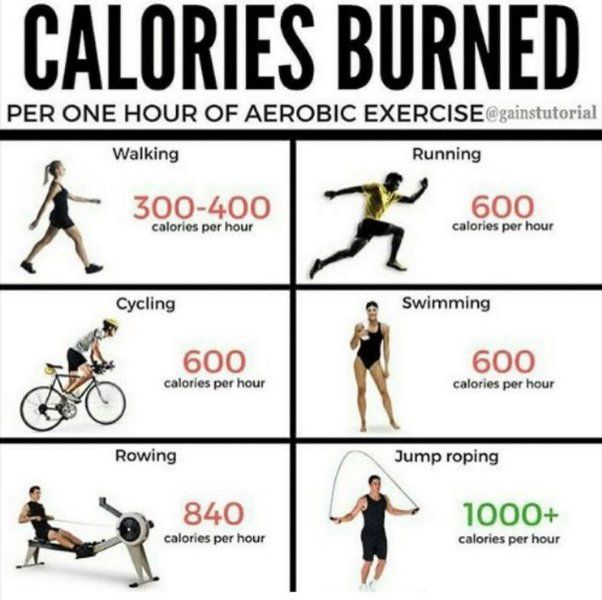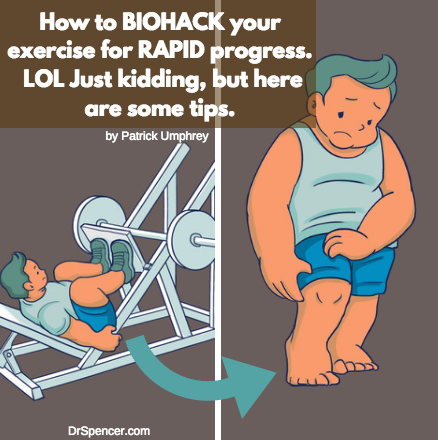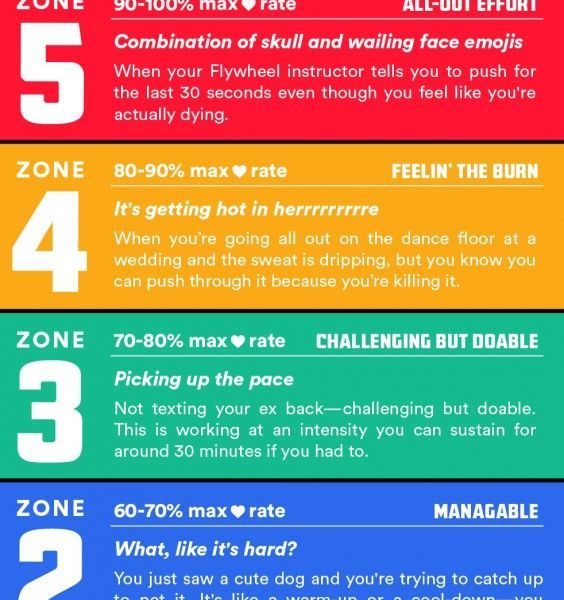When it comes to choosing a form of exercise that can help you burn the most calories, rowing and running are two popular options. Both activities provide excellent cardiovascular benefits, but they each have their own unique advantages when it comes to calorie burn. Let’s delve into the differences between rowing and running to determine which one is more effective for torching calories.
Calories Burned Per Hour
On average, rowing burns more calories per hour than running. A person weighing around 155 pounds can expect to burn around 600 calories per hour while rowing at a moderate pace. In comparison, running at a moderate pace can help burn approximately 550 calories per hour for the same individual. However, the actual number of calories burned will vary depending on factors such as intensity, duration, and individual metabolism.
Muscle Engagement
One of the key differences between rowing and running is the muscle groups that they target. Rowing is a full-body workout that engages muscles in the arms, back, core, and legs. This means that rowing not only burns more calories but also helps to tone and strengthen a wider range of muscle groups. On the other hand, running primarily targets the lower body muscles, such as the quadriceps, hamstrings, and calves.
Impact on Joints
Another factor to consider when comparing rowing and running is the impact on joints. Running is a high-impact activity that can put strain on the knees, hips, and ankles, especially when done on hard surfaces. In contrast, rowing is a low-impact exercise that is gentler on the joints. This makes rowing a more suitable option for individuals with joint pain or those looking to minimize the risk of injury.
Variety and Mental Engagement
Rowing offers a different type of workout experience compared to running, as it involves a repetitive motion that requires coordination and balance. Some people find rowing more mentally engaging and enjoyable than running, which can help them stay motivated and committed to their fitness routine. Running, on the other hand, allows for more variety in terms of terrain and route options, which can make the workout more interesting for some individuals.
Overall Calorie Burn
While rowing may burn more calories per hour than running, the total number of calories burned will ultimately depend on the individual’s workout intensity, duration, and consistency. Both rowing and running are effective forms of cardiovascular exercise that can help you achieve your fitness goals and burn calories. The key is to find the activity that you enjoy the most and that fits your lifestyle and preferences.
Conclusion
In the debate between rowing and running, it’s clear that both activities have their own unique benefits when it comes to burning calories. Rowing may have a slight edge in terms of calorie burn per hour and muscle engagement, while running offers more variety and mental engagement. Ultimately, the best exercise is the one that you enjoy and can stick with consistently. So whether you prefer the rhythmic motion of rowing or the freedom of running, both activities can help you achieve your fitness goals and lead a healthier lifestyle.


